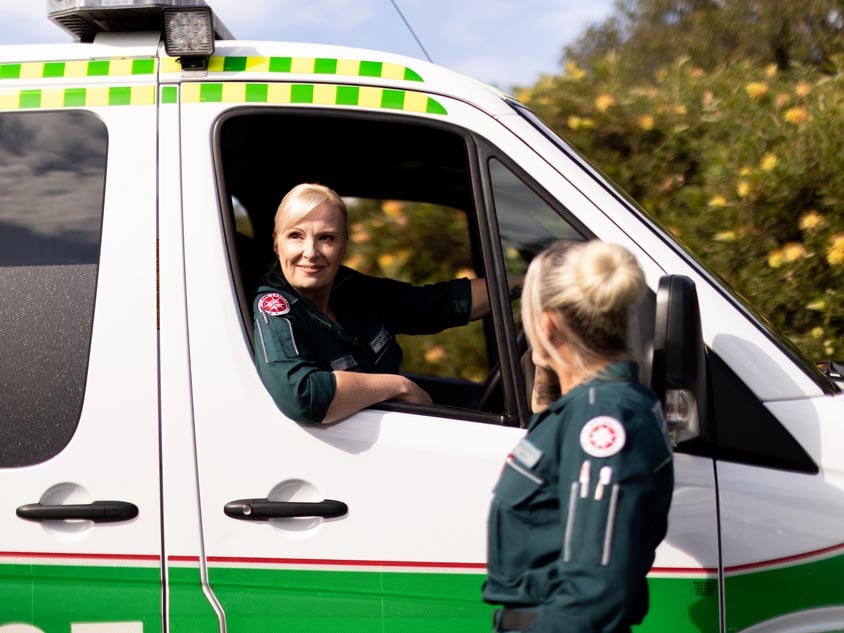Excessive fatigue and burnout, dubbed the ‘silent killer’ of the emergency services career

A common problem
Fatigue and burnout have almost been normalised over the past few years. ‘You’re tired? Join the club.’
But for some lines of work, like emergency services, excessive fatigue is life or death – both for the responders and community.
If our frontline workers are pushed over the edge of physical, mental and emotional limits, who’ll protect us?
Many studies have explored the risk factors involved for workers who spend their days in contact with people in states of physical and psychological suffering.
Police officers, fire fighters and paramedics top this group.
We can define burnout as symptoms of exhaustion, decreased productivity, job dissatisfaction, and cynicism.
There’s a pattern of negative responses that must be monitored.
Burnout is particularly harmful in emergency services because it can lead to life-risking errors.
For the first responder, the stress factors span from the work itself to strains on personal life.
This includes the stress of accurate and comprehensive case documentation, lack of rest, night shifts, and higher overall physical and emotional stressors.
According to the Journal of Emergency Medical Services, the most common reasons for burnout include:
- Heavy workloads while on-shift
- Poor career recognition
- Lack of rest and chronic fatigue
- Juggling multiple jobs
- Documentation challenges
- Physical demands of the job
- Possible target of violence
- Emotional burden
Shift work alone has detrimental effects on one’s emotional and mental capacity.
Long shifts and non-traditional hours increase employee fatigue.
If there’s an emergency call-out, that takes priority over taking a break to eat, relax or recharge.
Add to this the loss of sleep, less frequent home-cooked meals and a lack of social interaction (sometimes for days), all of which, can push the already-stressed employee into burnout.
This is like no other line of work.
Higher rates of divorce, depression and suicide
There are some important questions emergency service workers should explore to identify the severity of burnout.
For example, do I dread going to work? Where do I derive my energy from? How do I handle situations where I don’t have control?
What makes up my real quality of life and how can I apply this to my work?
Where do I find my support, and, am I getting enough? What are the top priorities in my life?
Reduce stigma, by sharing personal experiences
We need to break free from stigma, especially in the male-dominated emergency services.
Heads Up talks about taking action at a departmental level by:
- Taking a systematic approach to risk management
- Implementing a mental health strategy
- Developing leadership capability
- Educating the workforce
But change has to also come at an individual level.
Some resources available to emergency service workers include Phoenix Australia, Equipt, and Black Dog Institute.
It’s a UK resource, but this wellbeing questionnaire is worthwhile taking a look at.
It’ll run through questions that help you determine your emotional wellbeing.
The high-risk situations are a natural part of work for a police officer, firefighter, paramedic or volunteer.
For as long as you’re working, the emergencies will continue. But this shouldn’t be at the cost of your own wellbeing.
Focus on boosting your level of resistance. Explore coping strategies that help you bounce back, stronger than before.
Use your line of work as an opportunity to navigate life’s hardest moments, and be stronger for it.
You’ve got a whole other family, Emergency Services Health, looking after you. Learn more about Australia’s only health insurance fund for emergency service workers.
Go on, take a break. You deserve it.